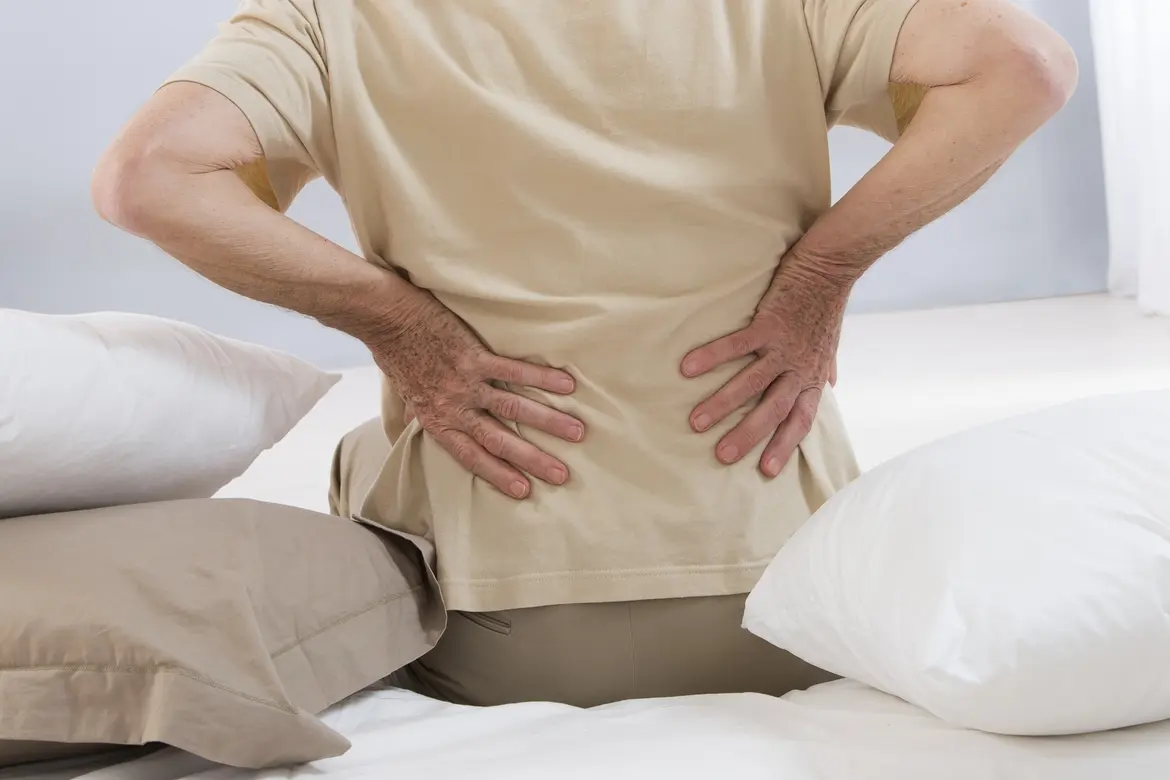Dr Chua Soo Yong
Orthopaedic Surgeon


Source: Shutterstock
Orthopaedic Surgeon
Osteoporosis is a silent disease.
By taking preventive measures and going for screening early, you can manage your risks of osteoporosism before it is too late.
If you think you may have osteoporosis, consult a specialist for treatment options.
Osteoporosis is a disease that leads to reduced bone mass and density. It can be the result of an underlying condition like hormonal imbalance (secondary osteoporosis) or associated with ageing (senile osteoporosis) or menopause (postmenopausal osteoporosis).
It is estimated that about 25% of people worldwide aged 70 – 79 have osteoporosis, with women outnumbering men 2:1. Osteoporosis prevalence is definitely set to rise in Singapore with the ageing population.
The truth of the matter is that osteoporosis is a silent disease, because there are no symptoms. By the time you suffer a consequence of osteoporosis, it is usually an unpleasant experience. The most common early sign is a fracture – until a bone fractures, a patient may not know that they have osteoporosis.
Hence, the most important treatment is prevention.
Osteoporotic fractures typically affect 3 regions – the spine, the wrist and the hip.
Patients who sustain spinal osteoporotic fractures tend to experience back pain, a worsening stooped posture, or, less commonly, paralysis. Wrist fractures typically present when the patient falls on an outstretched hand and the wrist takes the brunt of the impact, resulting in a deformed wrist.
Hip fractures bring the worst news of them all. It is estimated that 800 – 900 hip fractures occur in Singapore every year due to osteoporosis.
There is a saying that 'hip fracture is the harbinger of death'. In Singapore, about 1 in 5 patients pass on within a year of sustaining an osteoporotic hip fracture. 1 in 3 patients become wheelchair-bound or bedridden.
The good news is that osteoporosis is preventable to a certain extent based on our lifestyle choices.
Because our bone mass peaks in young adulthood, taking measures to keep our bones strong is important as we continue to advance into our twilight years.
Some measures include doing weight-bearing exercises, consuming a diet adequate in calcium and vitamin D, being out in the sun regularly and avoiding smoking and excessive alcohol intake.
Osteoporosis may affect anyone but the following groups are more at risk:
The other good news is that osteoporosis is highly treatable.
For patients who have an underlying medical condition, eg. a hormonal imbalance which has led to the osteoporosis, treating the underlying condition usually solves the problem.
There are also medications to treat osteoporosis. Besides ensuring you get sufficient calcium and vitamin D intake according to your age, activity and pregnancy status, your doctor will advise you on suitable osteoporosis medications, which would either prevent further bone loss (anti-resorptive), or help to build up bone mass (anabolic).
You should only start on either type of medication after consulting your doctor, to ensure that you get the safest and most effective form of treatment suited to your need.
Osteoporosis is a 'silent' disease that can go undiagnosed until it is too late. By speaking up and creating awareness about osteoporosis, you can help reduce the potentially serious consequences of this highly treatable disease.
If you've concerns about your bone health, don't be afraid to speak to a specialist.